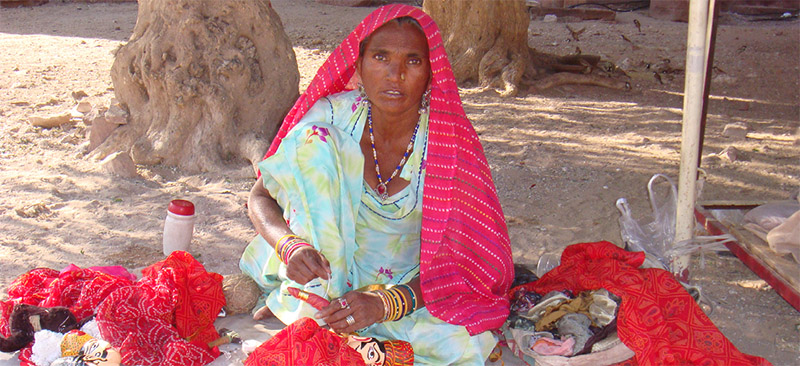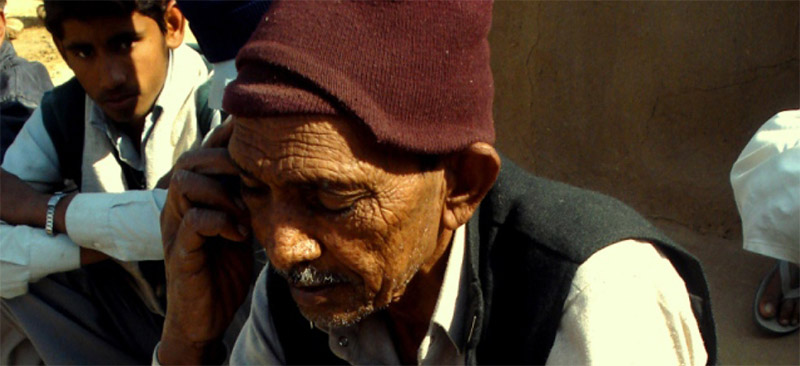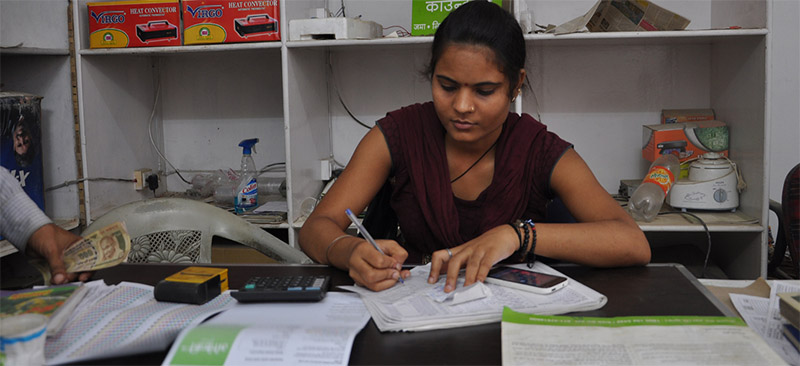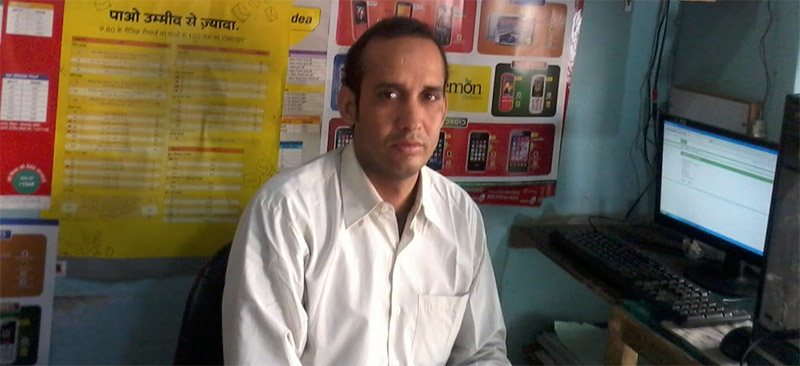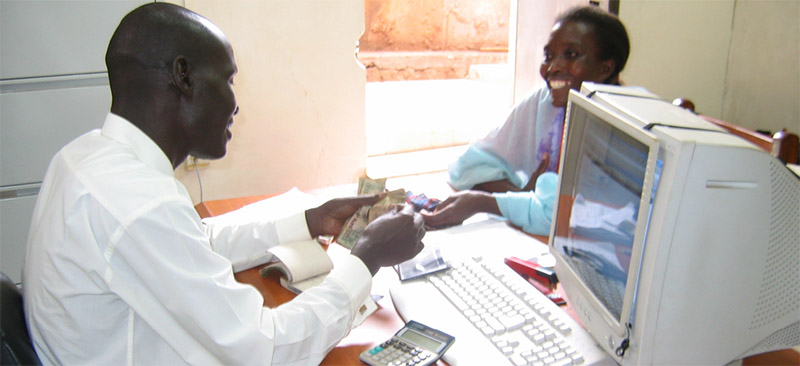Traditional financial education both in poor and rich contexts have taken a didactic, class-room based approach to conveying analytical financial concepts like budgeting, saving, managing debt, and calculating interest rates. This Note makes the case that it is time to re-think the process of financial education to merge it with product marketing, thus making it more relevant for customers and more cost-effective for financial institutions. It is clearly time to test the efficacy of alternative, experiential, product-focused financial education interventions compared to traditional financial education training.
Blog
Managing Customer Satisfaction in Agent Banking
This Briefing Note discusses the design and implementation of a Customer and Channel Satisfaction Measurement and Management (CSM) exercise which seeks feedback from m-banking customers on important areas that influence take up and on-going use of services. These areas should include (but not be limited to) the product, cost/charges, marketing, process and service provided by the agent. While there are many ongoing m-banking pilots, few have shown capacity to be taken to scale. The CSM is a good way to understand the extent to which the product is satisfying customer concerns and make amendments accordingly.
Lessons from CSMs: Agent Perspectives
This Note explores how Customer and Channel Satisfaction Measurement and Management (CSM) exercises helped Eko India Financial Services, a business correspondent network manager (BCNM) for State Bank of India (SBI) and ICICI Bank in Delhi and Bihar, improve its systems over an 18-month period.
This Note particularly focuses on agent (customer service point/CSP) feedback. Regular CSM exercises can be very helpful in taking the pulse of its agents or customer service points (CSPs). For Eko, feedback from agents resulted in improved agent management systems, the introduction of a dedicated CSP hotline and prompt remuneration for agents. Furthermore, based on the CSMs, Eko also received insights into the agent selection process and marketing.
Managing Channel Satisfaction in Agent Banking
Customer and Channel Satisfaction Measurement and Management (CSM) is a qualitative tool to collect information from two of the most important stakeholders in m-banking – agents and clients. Without adequate support, agents will quickly become disinterested. A CSM exercise is a great tool to understand the agent’s perspectives on products and client take-up and thus, optimise the on-the-ground reality.
This Note covers the major areas where an agent’s input would be valuable to ANMs seeking to improve their mobile money products, services and delivery channels.
Incentivising E/M-Banking Agents
For agents to wholly endorse the e/m-banking proposition, to motivate them to recruit customers, and to maintain float and perform transactions – sufficiently incentivising agents is extremely important. This Note discusses the basics of incentivising e/m-banking agents. It also discusses the different types of incentives and experience across different e/m-banking deployments. Agents are the primary customer interface for the implementing banks/ANMs. The success of the ANM is largely dependent on the performance of the agent. Hence it becomes extremely important to sufficiently incentivise the agents. Apart from devising the right incentive model, it is also important to choose the right channel and frequency for the payment of commission that keeps the agents motivated to remain in the business and facilitate client transactions.
Incentives for E/M-Banking Customers to Drive Usage
This Note looks at various ways of incentivising customers to increase the uptake and use of m-banking services. Since mobile banking services are new to most of the target clientele, it is important to devise incentive schemes which will encourage clients to try out these services and start using them regularly.
This Note also presents some popular incentive schemes offered to drive customer usage by mobile banking deployments across the world. Operators should measure the effectiveness of the incentive scheme periodically. The effectiveness can be measured on three dimensions:
1. The overall success of the scheme in terms of additional business volume and revenue generated;
2. Satisfaction of customers; and
3. Channel feedback and satisfaction
